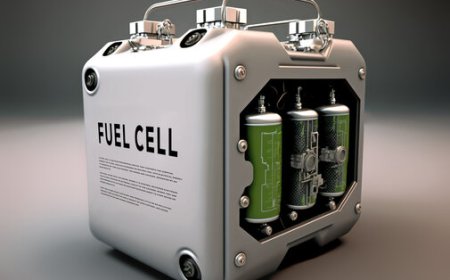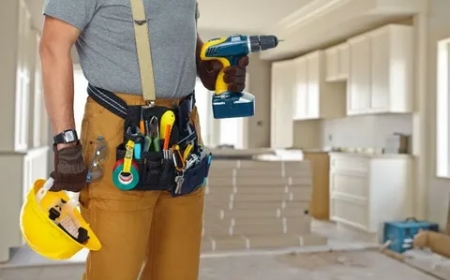Refuse Compactor Vehicles: Efficient Waste Management Solutions
Explore refuse compactor vehicles for smart garbage collection. Ideal for cities and industries, they compress waste to reduce volume and transport costs.

Waste disposal is a growing challenge in urban and industrial areas. A refuse compactor is a specialized vehicle designed to compress and transport solid waste efficiently. It helps in reducing the volume of garbage, improving hygiene, and making collection more organized. These vehicles are a vital part of any municipal or private waste management fleet.
What Is A Refuse Compactor?
A refuse compactor is a vehicle equipped with a hydraulic system that compresses collected waste. It increases load capacity and minimizes the number of trips needed for disposal. These compactors are commonly used in city sanitation, housing societies, industrial areas, and public spaces.
Key Features of Refuse Compactor Vehicles
-
Hydraulic Compression Unit
-
Leak-proof Storage Container
-
Rear Loader or Side Loader Options
-
Heavy-Duty Chassis and Tyres
-
Easy Waste Unloading Mechanism
These features make refuse compactors robust, reliable, and suitable for long-term use in challenging environments.
Types of Refuse Compactors
There are various types of refuse compactors available, each designed for specific applications:
1. Rear Loader Compactor
This is the most common type. It allows manual or mechanical loading of waste at the back of the vehicle.
2. Front Loader Compactor
Used for commercial and industrial areas, it collects waste from large bins lifted by hydraulic arms.
3. Side Loader Compactor
Ideal for narrow lanes and residential areas. Waste is loaded from the side using automated arms or manually.
4. Portable Refuse Compactors
These are stationary units used in commercial complexes or malls. Waste is compacted at the site before being transferred.
Working Of Refuse Compactor Vehicles
The refuse compactor follows a systematic process:
-
Collection: Waste is loaded manually or automatically into the hopper.
-
Compression: Hydraulic rams compress the waste to reduce its volume.
-
Storage: Compressed waste is pushed into a sealed container.
-
Transportation: Once full, the vehicle carries the load to a dumping yard or landfill.
-
Disposal: The rear door opens hydraulically to discharge the waste.
This process ensures hygienic, efficient, and safe garbage handling from start to finish.
Capacity Of Refuse Compactors
Capacities vary depending on the model and use-case:
-
Small Units: 56 cubic meters (ideal for small towns or gated communities)
-
Medium Units: 812 cubic meters (suitable for cities and municipalities)
-
Large Units: 1420+ cubic meters (used in metro cities and industrial zones)
The choice of capacity depends on daily waste volume, route length, and disposal frequency.
Garbage Compactor Manufacturers In India
India has a growing market for waste management vehicles. Several manufacturers provide high-quality, durable compactors with customizable features. Top garbage compactor manufacturers in India include:
-
Tata Motors
-
Ashok Leyland
-
Antony Waste Handling Cell
-
Aman Cleaning Equipments
-
Kam-Avida Enviro Engineers
-
TPS Infrastructure Limited
These companies offer after-sales service, parts support, and tailored solutions to meet municipal needs.
Conclusion: Choose The Right Garbage Tipper For Smart Waste Handling
Efficient waste handling starts with the right equipment. Whether for urban sanitation or industrial disposal, selecting a durable and high-performing garbage tipper makes all the difference. It not only improves hygiene but also reduces fuel and labor costs. Invest in a quality refuse compactor to streamline waste management and build a cleaner, greener future.






























